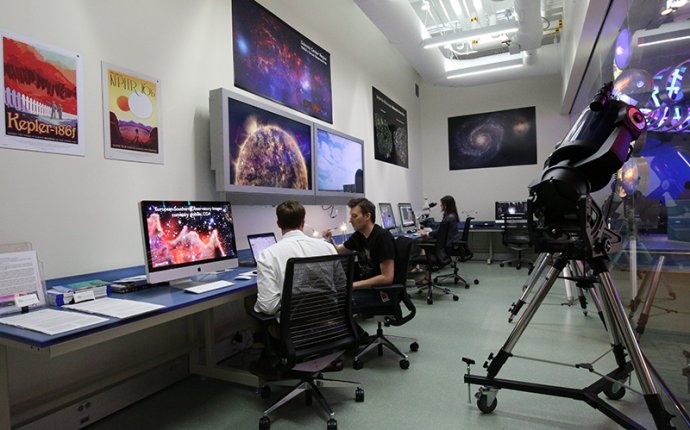
Astronomy Labs
We are building a 16-week sequence of exercises, focused on exploring scientific problems through observation, deduction, and analysis and on using basic statistical tools to interpret measurements and associated errors. Eight two-week exercises highlight astronomical discoveries drawn from the histories and orbital patterns of the planets and satellites in our own solar system, the evolution of Milky Way stars within stellar clusters, and the growth of the many galaxies surrounding our own, leading to measurements of the expansion of the entire universe.
We promote hands-on learning through physical experiments that students conduct on their own. Using common household items (such as cardboard and paper clips, soup cans and measuring tapes, and even the humble marshmallow), students construct transits, sextants, and other simple devices. They also work with the latest astronomical images and spectra from NASA planetary missions and with Sloan Digital Sky Survey (SDSS) and Hubble Space Telescope (HST) data illustrating the formation and evolution of stars and galaxies over the last ten billion years.
Our platform-independent web applications present these data in simple, easily understood formats and eliminate the need to install or run specialized software analysis packages. Students thus start interacting with the astronomical data immediately, rather than getting bogged down with computer and software compliance issues or memorizing complicated software commands.
These exercises can also be conducted in a traditional classroom setting or used to support outreach activities. Our materials include everything needed to conduct and to teach each exercise, including PDF documents outlining the exercises, teaching guides, tailored web applications and plotting packages, and video tutorials. Read through an exercise, watch the associated video for extra advice on conducting the experiment, and dive in!











